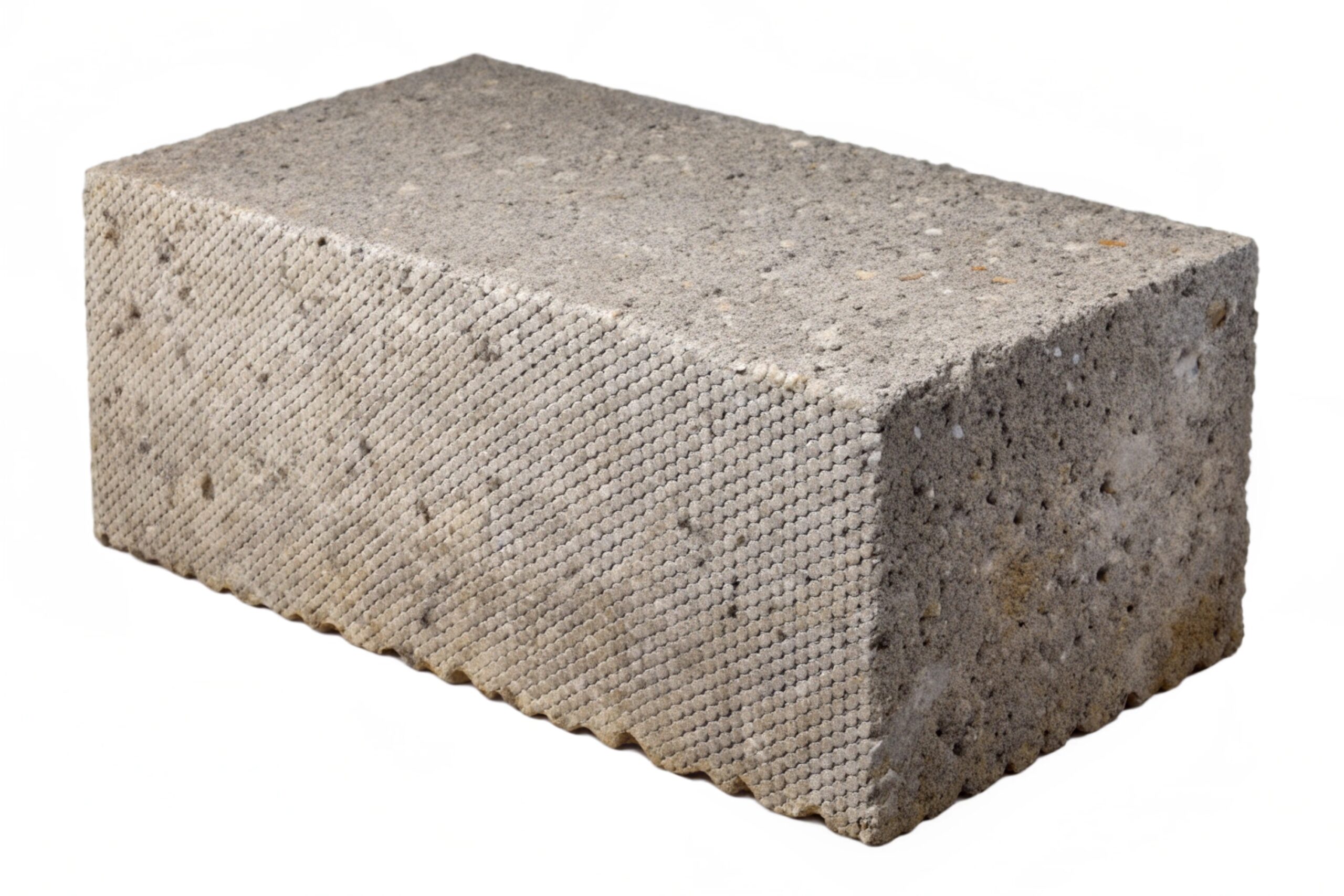What Is Cellular Lightweight Concrete and How Is It Revolutionizing Construction?
Cellular lightweight concrete (CLC) is a versatile construction material that has been gaining traction in various building projects around the world. Known for its light weight, thermal insulation properties, and environmental benefits, CLC is transforming how we think about construction. In this blog, we’ll explore what cellular lightweight concrete is, its benefits, and how it’s revolutionizing the construction industry.
What Is Cellular Lightweight Concrete?
Cellular lightweight concrete is a type of concrete that contains numerous tiny air bubbles, which reduce its overall density while maintaining its structural integrity. The material is created by mixing cement, water, and a foam-generating agent. The foam generates millions of tiny air pockets that give the concrete its lightweight properties.
Key Features of Cellular Lightweight Concrete:
- Density: CLC has a density ranging from 300 to 1800 kg/m³, much lighter than traditional concrete (2400 kg/m³), making it easier to transport and handle.
- Insulation: The trapped air bubbles provide excellent thermal insulation and soundproofing.
- Workability: Its flowability makes it easy to pour into molds and hard-to-reach areas.
- Cost-Effectiveness: Reduced material consumption and the ease of handling make it a cost-effective alternative to traditional concrete.
The Benefits of Cellular Lightweight Concrete in Construction
Cellular lightweight concrete offers numerous advantages over conventional concrete, which explains why it’s revolutionizing the construction industry.
1. Lightweight and Easy to Handle
As the name suggests, the lightweight nature of CLC makes it ideal for projects where reducing the weight of structural elements is crucial. It’s especially useful in high-rise buildings and renovation projects, where heavy materials can be difficult to transport and install. The reduction in material weight also cuts down on transportation costs and labor time.
2. Excellent Thermal and Acoustic Insulation
The air bubbles within cellular lightweight concrete provide exceptional insulation properties, helping to maintain stable indoor temperatures. This reduces the need for additional insulation materials in buildings, improving energy efficiency. Additionally, its soundproofing qualities make CLC an ideal choice for constructing walls and floors in noise-sensitive areas like residential buildings, schools, and hospitals.
3. Eco-Friendly and Sustainable
In today’s eco-conscious world, cellular lightweight concrete offers a more sustainable alternative to traditional concrete. Its production requires fewer raw materials, and the use of air as a filler reduces overall cement usage. This lowers the carbon footprint of construction projects and reduces waste. Additionally, CLC can incorporate fly ash, a byproduct of coal combustion, further improving its environmental credentials.
4. Versatility in Applications
Cellular lightweight concrete can be tailored to meet specific project requirements. It is used in everything from roof insulation and partition walls to void filling and road sub-bases. The ability to adjust its density allows contractors to use it in a wide variety of structural and non-structural applications.
5. Cost-Effective and Faster Construction
Because CLC is lightweight and easy to work with, it speeds up the construction process. Contractors can install large blocks of cellular lightweight concrete more quickly than traditional blocks. Its ease of pouring and flowability means it can be used in complex shapes and hard-to-reach areas, reducing the need for specialized labor and equipment.
How Cellular Lightweight Concrete Is Revolutionizing Construction
Cellular lightweight concrete is changing the landscape of construction due to its versatility and efficiency. Here’s how it’s making waves in various sectors:
1. High-Rise Buildings and Infrastructure Projects
For skyscrapers and tall buildings, reducing the weight of materials is critical to lowering stress on the foundation. CLC’s light weight reduces the load-bearing requirements, making it an attractive solution for high-rise construction. It’s also being used in infrastructure projects like bridges and tunnels, where reducing the overall weight can improve the structure’s longevity.
2. Energy-Efficient Green Buildings
In the push for energy efficiency, builders are turning to CLC for its insulating properties. Its ability to regulate indoor temperatures reduces the need for heating and cooling, cutting energy consumption. With sustainable building practices on the rise, cellular lightweight concrete is becoming a go-to material for eco-friendly construction.
3. Disaster-Resistant Housing
In areas prone to natural disasters, such as earthquakes and hurricanes, CLC’s lightweight yet durable nature makes it a viable option for constructing disaster-resistant housing. It’s able to absorb impact without cracking, and its fire-resistant qualities add another layer of safety for residential and commercial buildings.
4. Infrastructure Repair and Maintenance
Due to its ease of use and flowability, cellular lightweight concrete is being widely adopted for infrastructure repair, including roadways and tunnels. It can be easily pumped into voids, making it ideal for restoring subsided roads or filling abandoned underground spaces.
Conclusion
Cellular lightweight concrete is a game-changing material in the world of construction. Its unique properties—light weight, excellent insulation, eco-friendliness, and versatility—make it a valuable alternative to traditional concrete. From high-rise buildings to green homes, CLC is being used to create structures that are stronger, more efficient, and more sustainable. As the demand for innovative building materials grows, cellular lightweight concrete is poised to play a significant role in the future of construction.
If you’re considering using cellular lightweight concrete in your next project, The Mudjacking Contractor is here to help. Contact us today for expert advice and solutions tailored to your needs.

